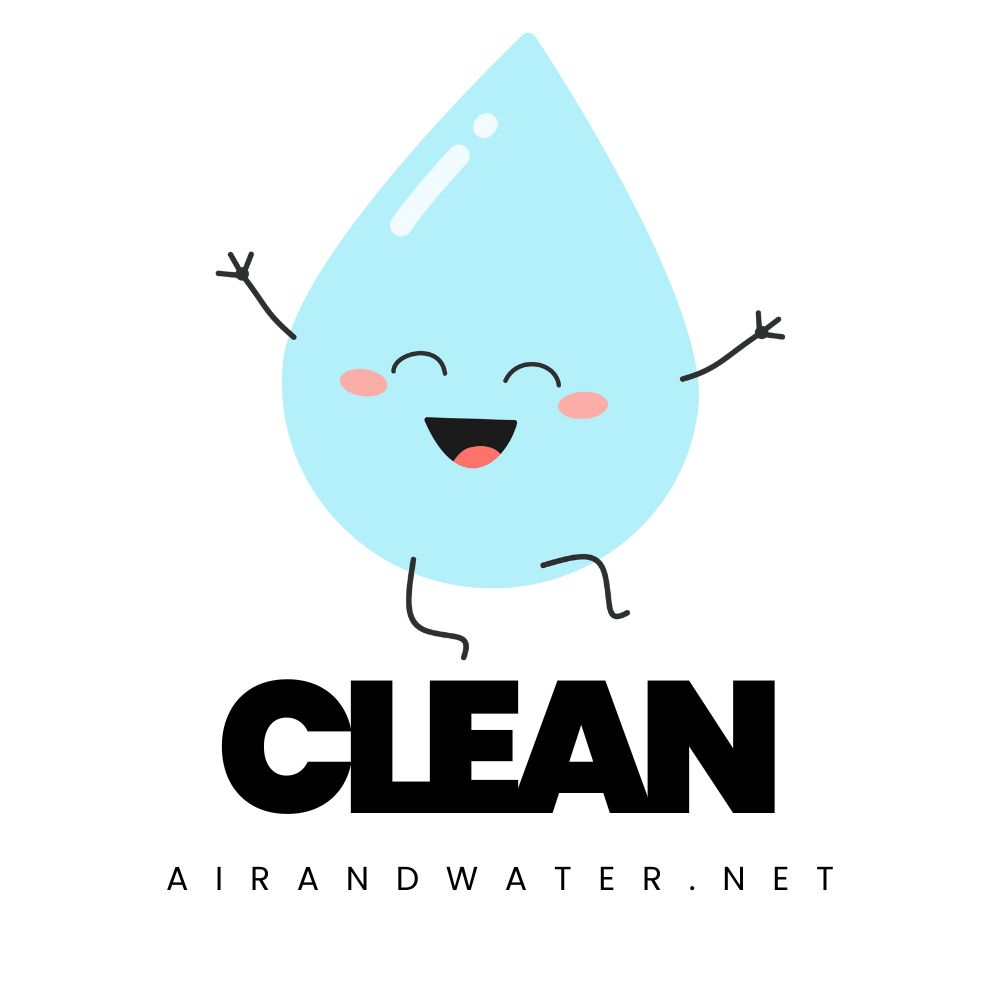Milwaukee Water Quality at a Glance
some concerns
Is Milwaukee Water Safe to Drink?
Generally Yes, With Monitoring Recommended – Milwaukee water meets all federal standards and scores well in state evaluations. However, chromium-6 levels average 220 ppt, which is 11 times higher than safe cancer risk levels, and aging infrastructure (average 65 years old) creates potential lead concerns in older homes. PFAS levels are reassuringly low at 2-3.1 ppt, well below federal limits.
⚠️ Key Concerns for Milwaukee Residents
- Chromium-6: Levels at 220 ppt – 11 times higher than negligible cancer risk levels; unregulated by EPA
- Aging Infrastructure: Water mains average 65 years old; nearly 200 water main breaks already in 2025
- Lead Concerns: 90th percentile at 5.3 ppb (compliant), but two sites exceeded action levels; homes built before 1986 most at risk
- Disinfection Byproducts: Trihalomethanes and haloacetic acids from chlorine treatment processes
Read the full report below for detailed analysis, testing data, and actionable recommendations for Milwaukee residents.
Milwaukee – Wisconsin – Water Quality Report 2025: PFAS Testing, Infrastructure Concerns & Safety across your city
Milwaukee Water Works (MWW), established in 1871, serves approximately 900,000 residents across Milwaukee and 15 surrounding communities. The utility manages over 2,000 miles of water mains, two water treatment plants, and numerous pumping stations, delivering roughly 100 million gallons daily from Lake Michigan, one of the world’s largest freshwater sources.
Milwaukee draws its drinking water exclusively from Lake Michigan, sourcing through two intake pipes extending up to two miles into the lake to access the cleanest, coldest deep water. After a devastating Cryptosporidium outbreak in 1993 that affected over 400,000 residents, Milwaukee transformed its water treatment system, becoming a national leader in water quality monitoring and advanced treatment technologies. Today, the city’s comprehensive monitoring program tests for over 500 contaminants—far exceeding the EPA’s required 91—and employs multiple treatment barriers to ensure exceptional water quality. Milwaukee’s approach to water management reflects the city’s historical commitment to environmental stewardship of the Great Lakes while embracing cutting-edge science and technology.
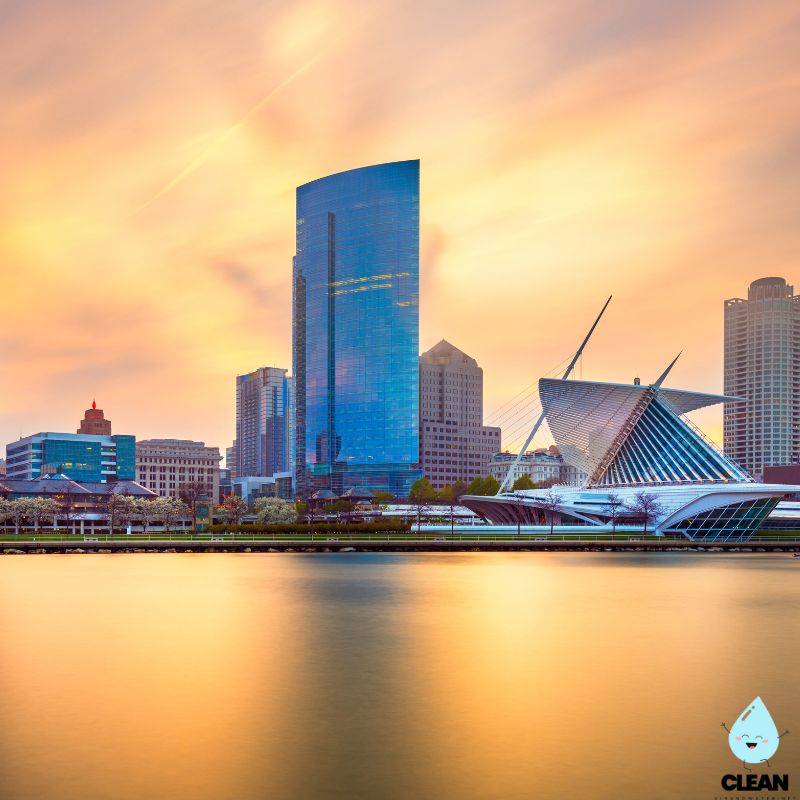
Milwaukee Water Quality: Current Status (2024-2025)
Latest Testing Results
- Lead Levels: The most recent testing period (January-December 2023) showed 90th percentile lead levels of 5.3 parts per billion (ppb), below the EPA action level of 15 ppb, reflecting effective corrosion control despite the city’s many lead service lines.
- Testing Scope: Milwaukee Water Works conducts over 30,000 water quality tests annually, monitoring for more than 500 contaminants—far exceeding the EPA-required 91 parameters.
- Compliance Status: Milwaukee’s water meets or exceeds all federal and state drinking water standards, maintaining full compliance with EPA and Wisconsin Department of Natural Resources regulations.
Lake Michigan Excellence
- Premium Source Water: Lake Michigan provides an abundant, relatively stable water source with excellent baseline quality compared to river systems, though seasonal algae and turbidity fluctuations do occur.
- Strategic Intake Design: Dual intake structures extend up to two miles offshore at depths of 40-65 feet to access the coldest, cleanest deep lake water, minimizing shoreline contaminants and seasonal temperature variations.
- Watershed Protection: Comprehensive source water protection programs coordinate with multiple state and local agencies across the Lake Michigan watershed to monitor and reduce potential contamination sources.
Multi-Barrier Treatment Approach
- Ozone Disinfection: Primary disinfection using ozone since 1998, one of the first major utilities to implement this technology following the 1993 Cryptosporidium outbreak, providing superior protection against resistant pathogens.
- Biologically Active Filtration: Advanced filtration process that removes particles while beneficial microorganisms break down remaining organic compounds, improving water taste and reducing disinfection byproducts.
- Continuous Monitoring: State-of-the-art real-time water quality monitoring throughout the treatment process and distribution system, with automated alerts for any variations from established parameters.
Lead Service Line Challenges
- Infrastructure Reality: Approximately 70,000 lead service lines remain in the Milwaukee water system, primarily in homes built before 1951. These represent a significant infrastructure challenge despite effective corrosion control treatment.
- Replacement Program: Milwaukee’s Lead Service Line Replacement Program prioritizes schools, childcare facilities, and properties with elevated lead levels, replacing approximately 1,000 lines annually with a goal to increase this rate through expanded funding.
- Corrosion Control Optimization: Advanced water chemistry management using orthophosphate treatment to create a protective coating inside pipes, minimizing lead leaching while comprehensive replacement programs continue.
Infrastructure Challenges
- Aging Infrastructure: Milwaukee’s water distribution system has an average age of 65 years, with many mains nearing or exceeding their design life. This aging infrastructure presents ongoing maintenance challenges and potential service disruptions.
- Water Main Breaks: The system has experienced over 200 water main breaks in early 2025, reflecting the stress on aging infrastructure and the need for accelerated replacement programs.
- Infrastructure Investment: Milwaukee has received a D grade for water infrastructure, highlighting the significant capital investment needed to modernize the distribution system and maintain reliable service.
Innovation Leadership
Milwaukee has transformed a historical water crisis into a platform for innovation, becoming home to The Water Council, a globally recognized hub for water technology research and development. The city has leveraged partnerships between utilities, universities, and private industry to advance water quality monitoring, emerging contaminant research, and infrastructure management technologies. This collaborative approach has positioned Milwaukee as a “Water Centric City” that balances tradition and innovation in urban water management, turning lessons from its past into opportunities for a sustainable water future. Milwaukee’s water expertise now supports water quality improvement initiatives across the Great Lakes region and beyond.
Recommendations for Milwaukee Residents

Check Your Service Line
Use Milwaukee’s online service line lookup tool at city.milwaukee.gov/water/WaterQuality/LeadandWater to see if your property has a lead service line. Properties built before 1951 are most likely to have lead connections.
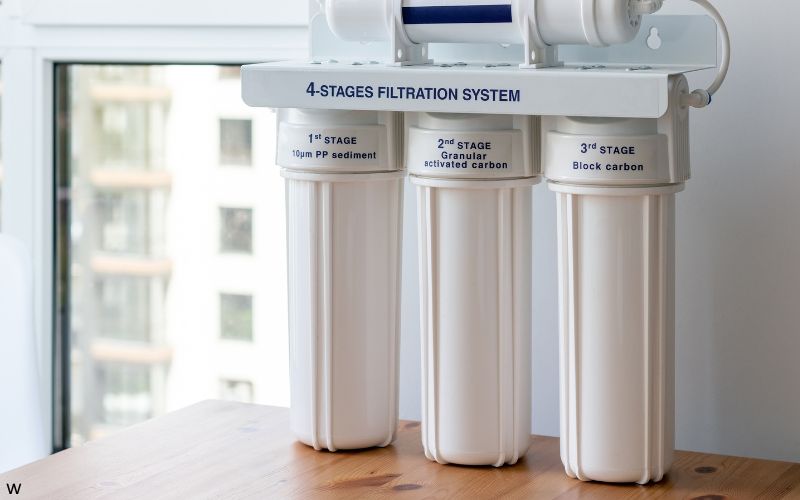
Get Free Filters
Milwaukee provides free NSF-certified water filters for residents with lead service lines, pregnant women, and families with children under 6. Call (414) 286-2830 or visit the city’s lead-safe resource centers.
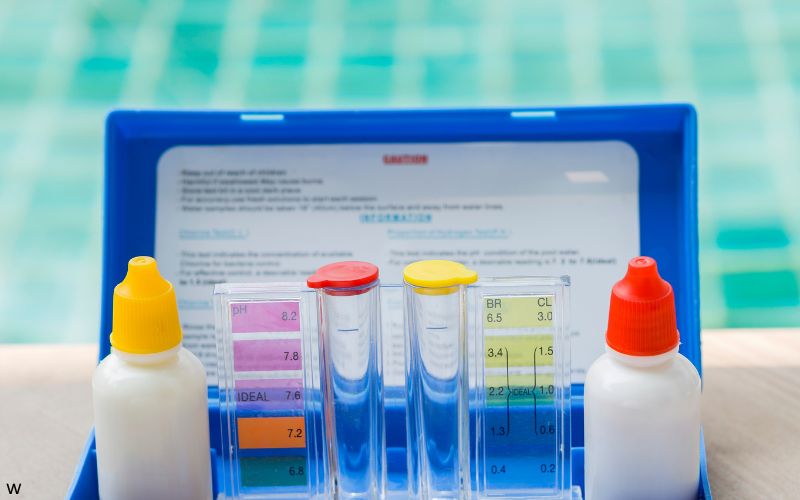
Test Your Water
Request free water testing through Milwaukee Water Works by calling (414) 286-2585. Priority testing is available for homes with children, pregnant women, or known lead service lines.
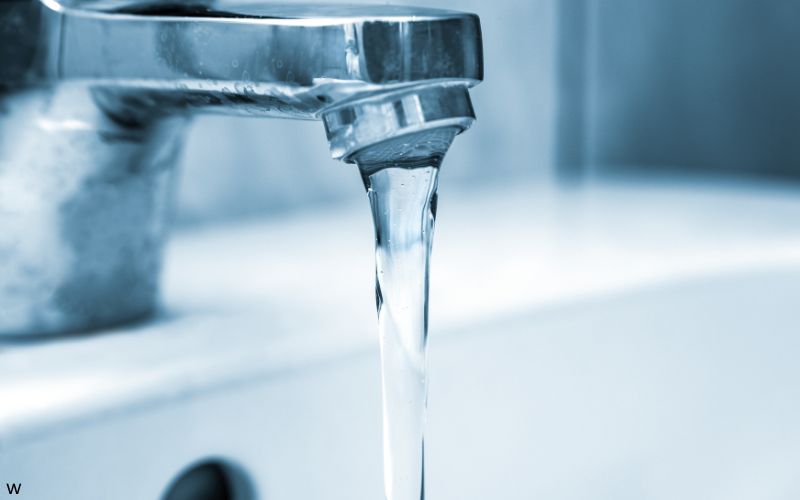
Flush Your Pipes
If water hasn’t been used for 6+ hours, run cold water for 3 minutes or until it feels noticeably colder. Always use cold water for drinking and cooking, especially in homes with lead service lines.

Conserve Water Resources
Though Milwaukee sits on Lake Michigan, water conservation helps protect this vital resource. Fix leaks promptly, install water-efficient fixtures, and participate in the city’s rain barrel program to reduce stormwater impacts.
Quality News About Your Water
Get the comprehensive water quality news coverage you need with our dedicated US Water News Service. From coast to coast, we deliver in-depth reporting and expert analysis on PFAS contamination, EPA regulatory changes, infrastructure developments, and emerging water safety issues affecting communities nationwide. While mainstream media only covers the biggest stories, we provide the detailed, ongoing coverage that helps you understand the full scope of America’s water challenges. Whether you’re a concerned citizen, water professional, or community leader, our daily updates and analytical insights keep you informed about the issues that matter most to public health and environmental safety.
Frequently Asked Questions
Is Milwaukee’s water safe from Cryptosporidium now?
Yes, Milwaukee’s water is now exceptionally safe from Cryptosporidium and other pathogens. Following the 1993 outbreak that affected over 400,000 residents, Milwaukee Water Works implemented comprehensive improvements to prevent any recurrence:
• Ozone Disinfection: Primary treatment using ozone, which is 100 times more effective than chlorine against Cryptosporidium
• Continuous Monitoring: Advanced real-time monitoring systems that can detect minute changes in water quality
• Multiple Treatment Barriers: Layered protection including coagulation, flocculation, sedimentation, filtration, and disinfection
• Watershed Protection: Expanded source water monitoring and protection programs
Since these upgrades were completed, no Cryptosporidium has been detected in Milwaukee’s finished drinking water, and the system has become a model for water safety worldwide.
Should I be concerned about lead in Milwaukee’s water?
Milwaukee’s source water from Lake Michigan contains no lead, but lead can enter water through service lines and household plumbing in older homes. Here’s what you should know:
• Milwaukee has approximately 70,000 lead service lines, primarily in homes built before 1951
• The city adds orthophosphate to create a protective coating inside pipes that effectively reduces lead leaching
• Current lead levels (5.3 ppb) are below EPA action levels but still present a concern in homes with lead plumbing
If you have a lead service line, the city recommends:
• Using certified filters for drinking and cooking water
• Running water for 3 minutes after long periods of non-use
• Using only cold water for consumption
Free water testing and filters are available by calling (414) 286-2830.
Why does Milwaukee test for so many more contaminants than required?
Milwaukee Water Works tests for over 500 contaminants—far exceeding the EPA-required 91—for several important reasons:
• Proactive Monitoring: After the 1993 Cryptosporidium outbreak, Milwaukee adopted a philosophy of comprehensive monitoring that extends beyond regulatory requirements
• Great Lakes Protection: As stewards of Lake Michigan, Milwaukee monitors for potential emerging contaminants before they become regulated
• Urban Watershed: Milwaukee’s urban setting introduces potential contaminants from stormwater runoff, industrial activities, and legacy pollution
• Research Leadership: As home to The Water Council and multiple water research institutions, Milwaukee serves as a testing ground for advanced water quality monitoring
This approach ensures that potential problems are identified early and addressed before they affect water quality or public health.
What is biologically active filtration?
Biologically Active Filtration (BAF) is an advanced water treatment process used by Milwaukee Water Works that offers several benefits:
• Natural Purification: Beneficial microorganisms grow on filter media and break down organic compounds that traditional filtration might miss
• Improved Taste and Odor: Effectively removes compounds that can cause earthy or musty tastes, especially during algae blooms in Lake Michigan
• Reduced Disinfection Byproducts: By removing organic matter before disinfection, BAF helps prevent the formation of potentially harmful byproducts
• Pharmaceutical Removal: Research shows BAF can reduce traces of pharmaceuticals and personal care products that may be present in source water
Milwaukee’s use of BAF, combined with ozone treatment, creates a powerful multi-barrier approach that produces exceptionally clean drinking water.
Contaminants of Concern

Lead
Source: Lead service lines and older plumbing fixtures in homes built before 1951; Milwaukee has approximately 70,000 lead service lines
Health Effects: Developmental delays in children, reduced IQ, learning difficulties, kidney problems, cardiovascular effects in adults
Current Levels: 90th percentile value of 5.3 ppb, below EPA action level of 15 ppb EPA Limit: Action level 15 ppb, but no level of lead is considered safe
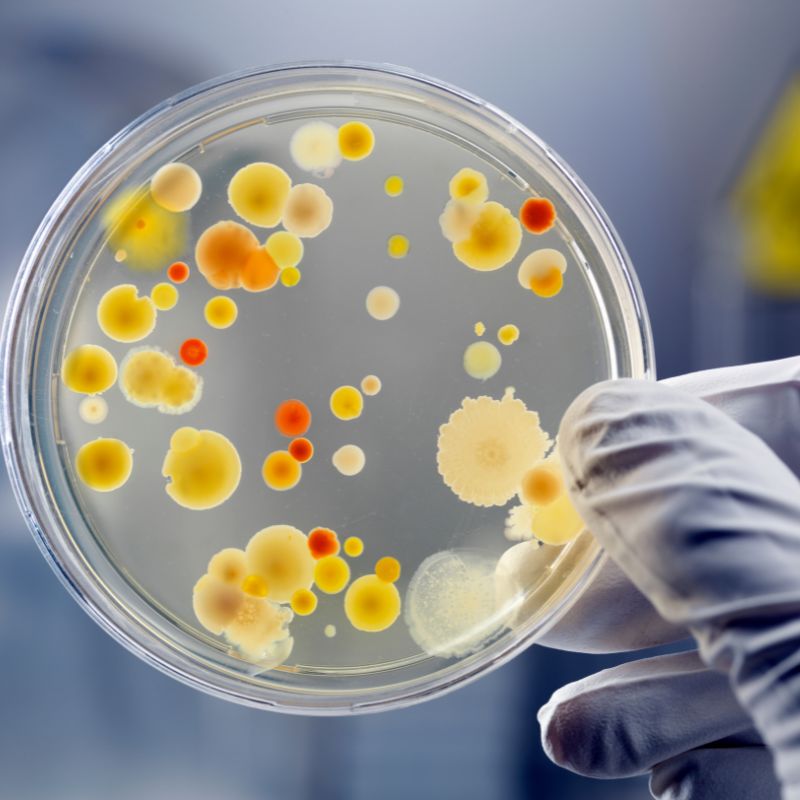
Chromium-6
Source: Industrial activities, metal processing, and natural geological formations can contribute to chromium-6 presence in water systems
Health Effects: Classified as a probable human carcinogen; long-term exposure may increase cancer risk, particularly stomach and intestinal cancers
Current Levels: 220 ppt detected, which is 11 times higher than negligible cancer risk levels (20 ppt) EPA Status: Currently unregulated by EPA, though health advocates recommend much lower exposure levels

PFAS (Per- and Polyfluoroalkyl Substances)
Source: Industrial processes, firefighting foam, consumer products, and legacy contamination from manufacturing activities
Health Effects: Linked to liver damage, immune system suppression, increased cholesterol, kidney and testicular cancer, and developmental effects in children
Current Status: Milwaukee detected 7 PFAS compounds at levels between 2-3.1 ppt, well below federal standards of 4 ppt for individual compounds

Disinfection Byproducts
Source: Formed when chlorine-based disinfectants react with natural organic matter in source water during the treatment process
Health Effects: Long-term exposure to trihalomethanes and haloacetic acids may increase cancer risk and cause liver, kidney, or central nervous system problems
Current Status: Milwaukee’s ozone and biologically active filtration systems help minimize these byproducts while maintaining effective disinfection
Please read – our information
The information presented on cleanairandwater.net is compiled from official water quality reports, trusted news sources, government websites, and public health resources. While we strive for accuracy and thoroughness in our presentations, we are not scientists, engineers, or qualified water quality professionals.
Our mission is to present water quality information in an accessible, real-world format that helps people understand what’s in their water and make informed decisions about their health and safety. We believe that complex environmental information should be available to everyone in a format that’s easy to understand.
We make every effort to ensure our content is current and accurate, but we cannot guarantee that all information is complete or error-free. This website should not replace official communications from your local water utility or health department. We always recommend consulting official sources for the most up-to-date information regarding your specific water system.
Clean Air and Water is not liable for any unintentional errors, omissions, or outdated information. The content on this site is provided for informational purposes only and should not be considered professional advice.
